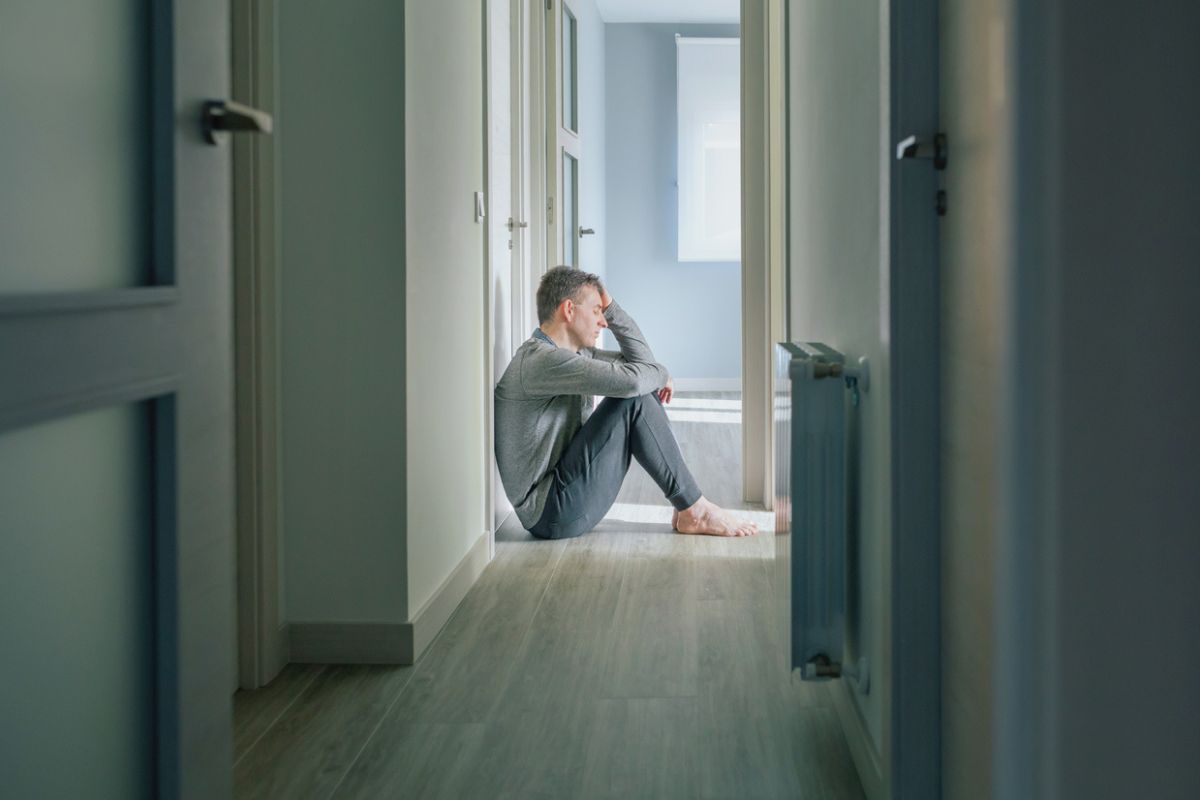A damning new report answers a question that’s not asked nearly enough: Are gun owners getting mental health care?
Appearing in The Journal of Clinical Psychology, the paper details the efforts of Rutgers University’s New Jersey Gun Violence Research Center. The authors looked at more than 3,000 U.S. adults with firearm access, culled from a nationally representative panel of more than 8,000 respondents.
The goal? To map the demographic profile of gun owners engaged in psychotherapy or taking psychiatric medication. And, on the other end of the spectrum, to identify those least likely to seek help.
What they found was a dramatic disconnect that revealed those at the greatest risk of firearm suicide are usually the least likely to receive care.
Earlier research has already established that most people who die by firearm suicide never interact with mental health providers before their deaths. This study, led by Rutgers University psychologist Allison Bond, PhD, set out to clarify who does engage with the mental health care system. And who doesn’t.
Methodology
Working with survey data from Ipsos’s nationally representative KnowledgePanel, Bond and her team analyzed responses from 3,018 adults with firearm access. Participants reported whether they were in therapy or taking psychiatric medication. They also answered the usual battery of demographic questions that also included a query about lifetime suicidal thoughts.
To ensure the sample reflected U.S. demographics, the team applied statistical weights aligned with Census and labor data. The researchers then leveraged logistic regression models to explore which factors predicted engagement in therapy or medication use.
So, Who Seeks Treatment?
Cutting to the chase, the researchers found that about 6% of firearm owners were in therapy and 5.5% were on psychiatric medication. Across both groups, the authors identified a consistent pattern:
- Women were much more likely than men to receive therapy or medication. And younger adults were more likely to do so than their older counterparts.
- Higher educational attainment predicted greater treatment engagement, echoing national trends that tie education to health literacy – and access.
- White gun owners appeared to be more likely than their nonwhite peers to be on psychiatric medication.
- Those with any history of suicidal thoughts were about three times more likely to be in therapy and four times more likely to be taking psychiatric medication.
- Unemployed individuals seemed to be more likely to be on medication but not more likely to be in therapy.
Income and marital status didn’t seem to make any meaningful difference.
The Gaps That Matter Most
The demographic breadcrumbs leave an unsettling trail. White, educated women are the firearm owners most likely to engage in mental health care. But the profile of those most at risk for firearm suicide looks very different. They’re older, less educated white men.
Men’s lower treatment rates echo patterns that have cropped up among the broader population. But they’re particularly meaningful in the context of firearms. Male gun owners tend to view firearm possession as part of their identity. As a result, they might see therapy as incompatible with traditional masculine ideals. That mindset, the authors suggest, could prevent them from seeking care. Even when it might save lives.
The study also underscores (once more) racial disparities. Black and Hispanic gun owners were less likely to be prescribed psychiatric medication. It’s a story we’ve read too many times before: Minority groups face imposing cultural and structural barriers to mental health care. Negative clinical experiences, lack of culturally competent providers, and systemic bias all conspire to make things worse.
For these groups, the authors argue, the dual stigmas of mental illness and firearm ownership can create “compounded barriers” to treatment access.
Outside the Clinic
While the findings reaffirm inequities many already suspected, they also highlight opportunities for prevention outside the traditional healthcare system. Because many at-risk firearm owners never set foot in a therapist’s office, the authors call for outreach through trusted community settings. Where conversations about mental health and secure firearm storage can happen organically.
The researchers also emphasize the importance of “lethal means counseling,” an evidence-based approach that helps gun owners store firearms safely and temporarily limit access during mental health crises. And they note that clinicians should never assume a patient’s demographic profile tells the whole story.
“Healthcare providers are interacting with firearm owners who may not fit the stereotype,” the authors warn.
Every client should be asked about firearm access – and counseled on secure storage where appropriate.
Closing the Gap
Ultimately, the study offers a sobering reality check. Most firearm owners struggling with suicidal thoughts aren’t in therapy. And most people who die by firearm suicide never sought professional help.
That gap, Bond and her team insist, is certainly a tragedy. But it’s also an opportunity. Understanding who receives care – and who avoids it – could help shape suicide-prevention efforts that meet people where they are.
Further Reading
Surge in Women’s Firearm Suicides Prompts Call for Action



